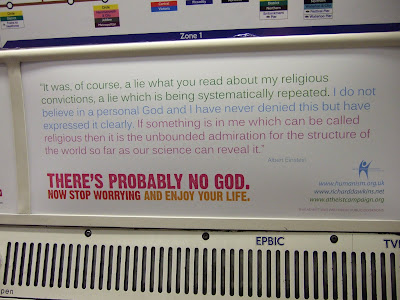This is my second project that I’ve been slaving away on for the past month and a bit.
Along with astronomy, I’ve always liked to read history, specifically (in typical boy fashion) anything to do with war and human conflict.
Along with astronomy, I’ve always liked to read history, specifically (in typical boy fashion) anything to do with war and human conflict.
Like many people, I find the Great War of 1914-18 morbidly fascinating. I remember finding it weird as a young one to find out, whilst reading about the First World War, that tanks were invented back in 1916! That cavalry was still in wide use at the start of the conflict! The early battles of that conflict seemed to me more reminiscent of the Napoleonic wars than that of a 20th century war.
And the casualties, they seemed huge. This wasn’t brought home to me until I considered that on the first day of the Somme in 1916, approximately 58,000 British soldiers lost their lives. The home of Arsenal Football club, the Emirates stadium, can hold 60,000. Can you imagine a stadium’s worth of people dying in a single day? Horrific.
People seem to be more receptive and understanding of scale when you relate large numbers down to more everyday numbers, like above. So with this in mind I set out to illustrate the human cost of the Great War in book format. I stuck with the Western Front, due to time constraints and because I’m based in Europe, people will be more familiar with the likes of the Somme and Ypres, rather than Gallipoli and Tannenberg.


Each book contains dots. Each dot represents a soldier who was either seriously injured, killed or ‘missing’ (missing usually means being blown to unidentifiable pieces) during the battle.
The cover colours progress from the light, fresh, green fields of rural France, to the muddy browns of crater-ridden trenches, documenting the change in the landscape and battlefield and in an abstract sense, the nature of the battles fought (a slow progression from the fluid battles of 1914 to the muddy stalemate of 1917).
In short, it’s a visual history of the Western Front of 1914-18 and a personal memorial to those who gave their lives. I’ll hopefully be showing this at the Leeds International Bookfair next week. Feel free to leave feedback!









